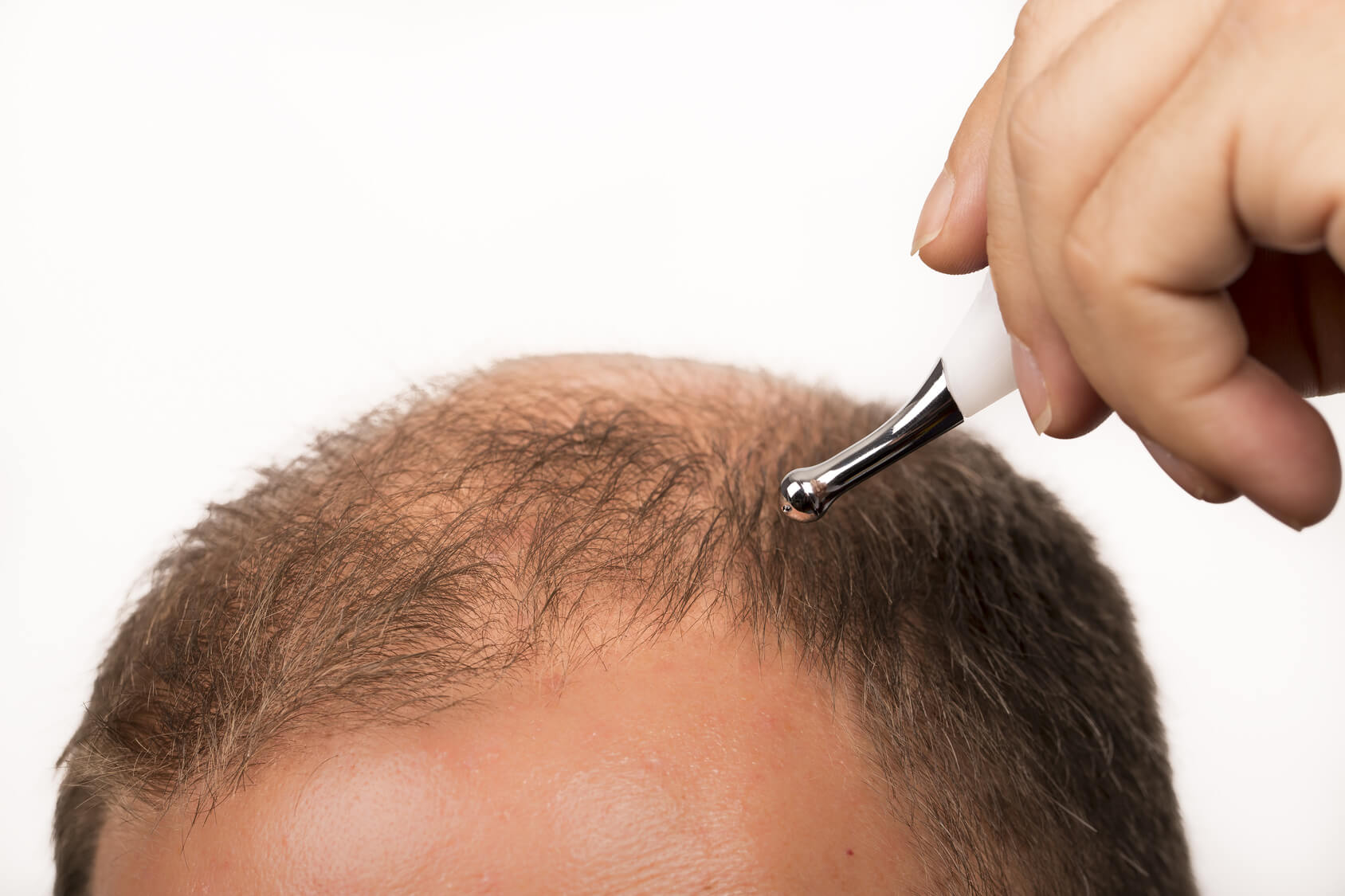Hair transplant is where hair follicles are removed from the scalp with healthy hair growth and then implanted in balding or thinning areas.
Understanding more about hair transplant
After the actual transplant surgery, which typically takes around four to eight hours, depending on how large the area to be transplanted is, healing and growth begin. In the week after surgery, patients should expect some swelling, bruising, and scabs at incision sites as they heal. Most swelling goes away within 2-4 days, while little can remain until the first week. Over these incision sites, scabbing and crusting also begin forming as a part of the natural healing process. It is important not to pick or scratch them so that new hair follicles implanted beneath are not damaged.
Surgeons often advise mild hair shampooing after two to four days when implants have been done onto such scalp using a very gentle shampoo. Also prescribed may be antibiotics in the first hour for prevention against infection and reduction of inflammation. Sleeping elevated on 2-3 pillows is also commonly advised to minimize swelling. In most cases, any exercise should be avoided for about one week following transplantation.
Scabbing and covering will fall off naturally by 10-14 days post-surgery or may be gently removed by the surgeon afterwards. However, this period is normal and temporary, from two to four weeks after the operation, whereby transplanted hairs may begin falling out. It happens as old hairs shed because their follicles go into the resting phase while new ones under the skin grow properly.
Typically, three months following the hair transplant singapore procedure, newly transplanted hairs would start growing again, but fully grown-up, normal-looking hairs take about nine to twelve months since all follicles have different growing cycles. At first, recipient areas look sparse because the hairs grow back initially thinner and lighter in color compared to their surrounding hairs.

Since they are harvested from the back and sides of the scalp where genetic balding does not occur, transplanted hair follicles continue to grow normally. It involves massaging the newly grafted areas gently, continuing with prescribed drugs, using special shampoos and employing techniques such as low-level light therapy.
Closing
Successfully transplanted hair will regrow naturally, have the same thickness and healthiness as regular hair, and continue growing throughout a lifetime without needing anything beyond normal hair care. Thus, patience would be necessary because the outcome may take over a year to mature completely, enabling those who have chosen this type of baldness treatment to enjoy transplants.





